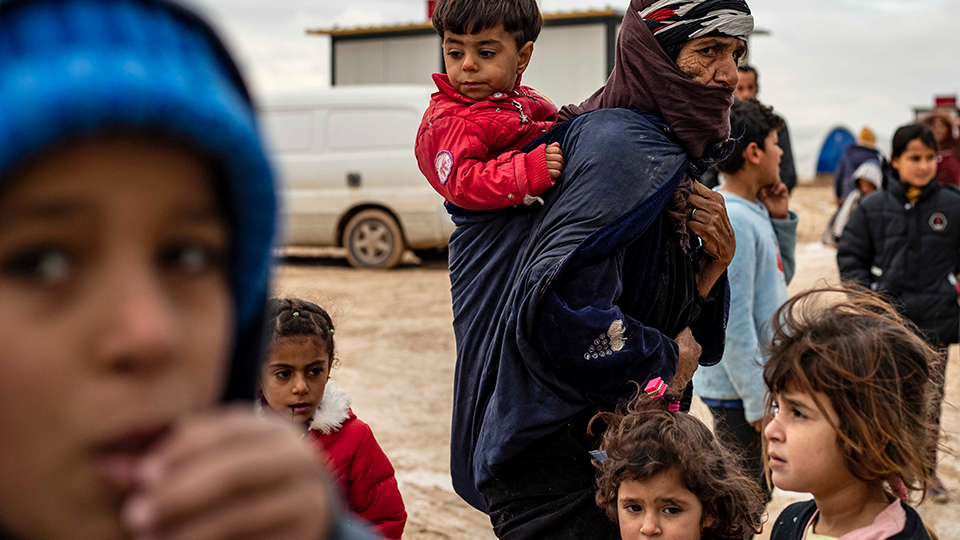Global Report on Internal Displacement 2020
Numbers are, sometimes, more useful than many words.
In 2019 there were 8.5 million new displacements due to conflict or violence. Another 25 million were triggered by disasters such as cyclones and hurricanes. This is what the Global Report on Internal Displacement 2020 – by the Internal Displacement Monitoring Centre – says.
According to IDMC data, this is the highest number of people ever recorded living internally displaced due to conflict and violence. It is estimated to be 45.7 million by the end of the year 2020.
The majority of them are in a few countries: Syria, Colombia, Democratic Republic of Congo, Yemen and Afghanistan. With the exception of Colombia, these countries all recorded the highest number of new conflict-related displacements in 2019. These countries, which already had a large and protracted load of internally displaced persons (IDPs), bore a huge burden.
For the first time this year, a total of 5.1 million people were also displaced by natural disasters. According to the IDMC, there are also huge data gaps and this number could only be the tip of the iceberg.
According to the report, there are realities on the ground that have pushed the numbers up, the increasing violence across West Africa and the Sahel in 2019 for example, but there is also some improvements in the reporting. For example, the Yemen figures have been really unsatisfactory in recent years because of access problems. That improved last year, which is why we have a higher total number of displacements for Yemen. And the same goes for the DRC: there is a lack of total coverage of data collection in the country, but this year many more provinces have been assessed than last year.
The IDMC report focuses on the solutions that governments have adopted. They have divided them into three categories:
- data collection and reporting
- resources and capacity invested to know the extent of the problem and to address it with the necessary financial, institutional and logistical capabilities
- political will and commitment
According to the report, there were many interesting examples of the first two categories in different countries this year. There are countries like Mali and Indonesia that have put in place strong data collection. Other countries have invested to improve their responses by incorporating the issue into their national development plans and using multi-annual planning and funding to support IDPs.
From the point of view of political will, it is more difficult to rely on tangible evidence. According to the authors of the report, in the last two or three years there is a wind of change in terms of how countries are talking about the issue of IDPs: there seems to be more political openness in recognising the issue.
The cornerstone of this political will is the extent to which it is reflected in national laws and policies. Afghanistan has a new legal framework on land rights and ownership that makes land accessible to refugees and internally displaced persons returning. Uganda now has a national policy for IDPs that covers both conflict and disaster, and more and more countries are including IDPs in their national disaster risk reduction policies. But the laws themselves are never enough. They must go hand in hand with resources and implementation capacity.
Link: DATA
by Christian Elia

